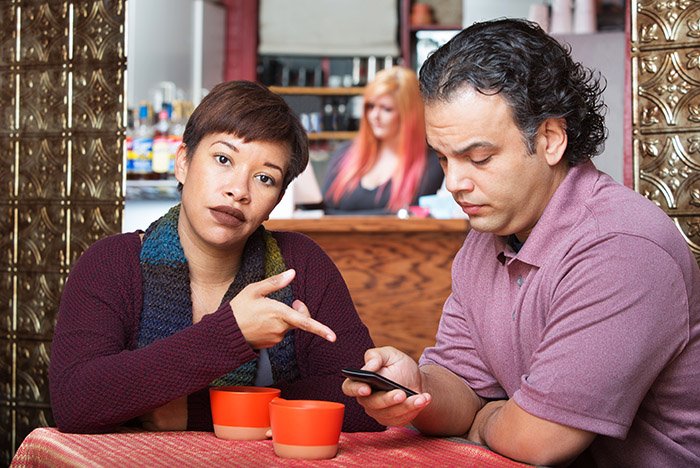Finding Balance: Digital vs. Human Connections
We all do it.
Race home from work, check our phones the moment we get in the door, scroll through social media feeds while preparing dinner. Try to make it through the meal without checking again. And then promise ourselves that we’ll only do a quick 30-second online check-in that turns into an hour or two of hopscotching from one social media feed to another.
Next day, same routine.
Days churn by and suddenly we realize that the call we hoped to make to our best friend, the chat with a family member, or the visit with a neighbor, has evaporated into thin air. We’re just too busy. And checking in with people online is much more efficient than face-to-face, right?
Sure, social media is great for keeping up with people who live far away. But for those who live close-by, have we let our digital connections replace our human connections? And what do we lose if that happens?
A lot.
Online social networks have become so integrated into people’s daily lives that sometimes it’s easy to forget that they haven’t been around forever:
Facebook 13 years
Twitter 11 years
Instagram 7 years
On top of that, Apple’s iPhone just celebrated its 10th birthday. Let that sink in a little. Are you going to let a 10-year-old rule your life?
As we all try to figure out the best balance between digital and human connections, here are five considerations for our personal and professional lives:
1) Strong social relationships help us live longer.
We’ve all read the research. People who forge deep social connections live longer and are healthier. Why? Because relationships provide social support, which is a sense that one is listened to, cared for, and loved. It’s much easier to feel this in face-to-face (F2F) than screen-to-screen (S2S) interactions.
This is not only true in our homes, but in our workplaces as well. Social support creates a healthy work culture. And this translates into happier employees and increased worker retention rates.
2) Learning to empathize.
It’s seductively efficient to lob text or email back and forth to get the job done. Taking time for F2F social interactions slows us down but teaches us to be empathetic. We learn to read other people’s expressions and find the right balance between talking and listening. Online, we sometimes lose this ability. Think about a time when you’ve read an email and sensed a tone to it. A day later, you may read it in a completely different light. Without the cues of voice, face and stance, interpreting digital communication opens the possibility of misunderstanding. During F2F meetings with co-workers and clients, if we aren’t skilled at picking up on verbal and non-verbal cues, our ability to empathize falters—potentially straining our work relationships. Employee empathy affects the bottom line.
3) Don’t believe everything you see.
We present the best version of ourselves online. Often, what we share is only a small part of our lives. The challenging experiences that make us more human and connect us often don’t get shown. F2F interactions give us the opportunity to deal with our struggles in a way we can’t on social media. It increases our ability to empathize and makes us feel less alone.
4) Smartphone, friend or foe?
There’s research which shows that since 2007 the number of unintentional injuries of children under the age of five has gone up 10%. Why? One theory is that parents using smartphones are distracted and their children get hurt because they aren’t being monitored. The research can’t specifically link the rise of smartphone use with this statistic, but the rise coincides with the introduction of the iPhone.
5) Knowing ourselves to know others.
How many of us grab our phones when we’re bored? Being alone with our thoughts is often a time to let our minds wander, to understand what we think about the world and reflect on our lives. If we grab our phones and start scrolling through our feeds, we lose the potential for self-awareness. Solitude is essential for exploring our own thoughts and feelings. And a deeper sense of self-awareness increases our ability to better engage with others. When we better engage with others, work and home life improves.
When is the right time for human connection?
Like with most everything else, moderation is key. How do we find that elusive balance between S2S and F2F time? The answer is different for each of us. But it’s important to consider as we all search for the right ratio of digital and human connections in our personal and professional lives.
Tell us about how you find your balance. Connect with us on Facebook, LinkedIn, Twitter or Instagram.
Looking for MORE WAYS TO CONNECT F2F?
Take a break from online networking, and attend a conference – it will blow your mind
Get up-close with your consumers during in-store shop-alongs





